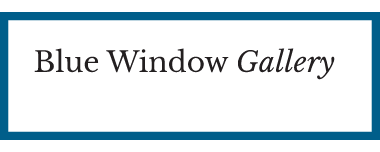Hanna Dallos

1907 - 1945
The Life
Throughout life, Hanna possessed a great ability: to look at possible problems with a sense of reality and psychological depth, but at the same time keeping her humor. However, her greatest ability was to talk with the angels.
The Art
The artist could easily grasp the essence of an artistic concept but also put it into practice, because of her extraordinary power of concentration and intuition. For her, each line drawn represented the manifestation of an inner event.
A loving family
She was born into a family of Hungarian Reformed Jews and was brought up by an open-minded father and a kind mother.
She had an outstanding older brother who was a remarkable ophthalmologist. He is known for his contribution to the improvement of early contact lenses.
A lifelong friendship
She studied at the Academy of Decorative Arts in Budapest, where she met and befriended Gitta Mallasz. Hanna had a vibrant and affectionate personality, which made her a bit out of the ordinary for her friend, who had been raised in a strict way. After their final exams, the two friends ended up far from one other. Hanna moved with her studies to Munich and Gitta followed a career in sports.
At the age of twenty, Hanna married her first-degree cousin, Joseph Kreutzer, who was an artistic designer and carpenter. A silent and profound man, he was real support for Hanna. In turn, Hanna was real support for Gitta who later moved with them in their spacious studio on the hills of Buda, overlooking the Danube. Hanna supported and guided her in the process of regaining her artistic skills, which were atrophied while focusing on sports.
The three ran a successful graphic art workshop. The fact that Gitta was the only non-jew in the group and the daughter of a high-ranking military officer, helped her obtain various commissions from the government. However, according to her, the soul of their group was Hanna.
While working in the shop, Hanna also taught graphics classes. Because she was intransigent and loving, her students perceived her more as a mentor rather than a teacher. She liked to lend them her books on spiritual teachings according to Eastern philosophy (such as "Tao Te King" or "Upanishads"), but also from European mystics (such as Meister Eckhart's writings).
Talking with angels
Hannah's connection with the spiritual plane would find its apogee in the afternoon of June 25, 1943, when, according to Gitta, the artist had an intense vision. From that moment on, Gitta understood that Hannah's voices were those of spiritual messengers, called "angels," who for seventeen months continued to deliver through the artist predictions and announcements of radical changes that would define a new era. She was the key to another dimension and carried the promise of a brand new world, so she became a role model for all who came in contact with her.
Messenger of angels, prisoner of her own suffering
With the Germans invading Hungary, Joseph was deported and Hanna, along with an older acquaintance called Lili, ended up working in a military uniform workshop run by Gitta. Together, the three friends managed to keep the whole dynamic of the workshop in harmony, warmth, and positive energy. When the regime became more hostile, they organized the escape of the women who worked in their workshop, an act for which they were arrested. For treason against the regime, the three friends were deported to a concentration camp in Dachau where Hanna had a mental breakdown the moment she was prepared for admission into the place.
She died in 1945, at the same time as the apocalyptic decline of the Nazi regime.

